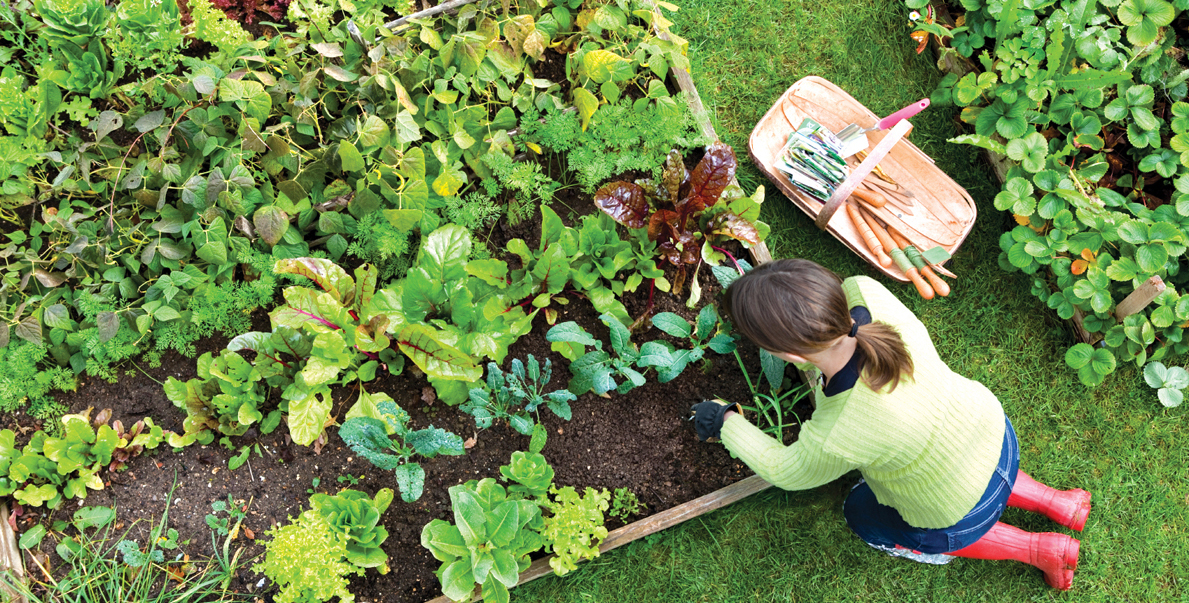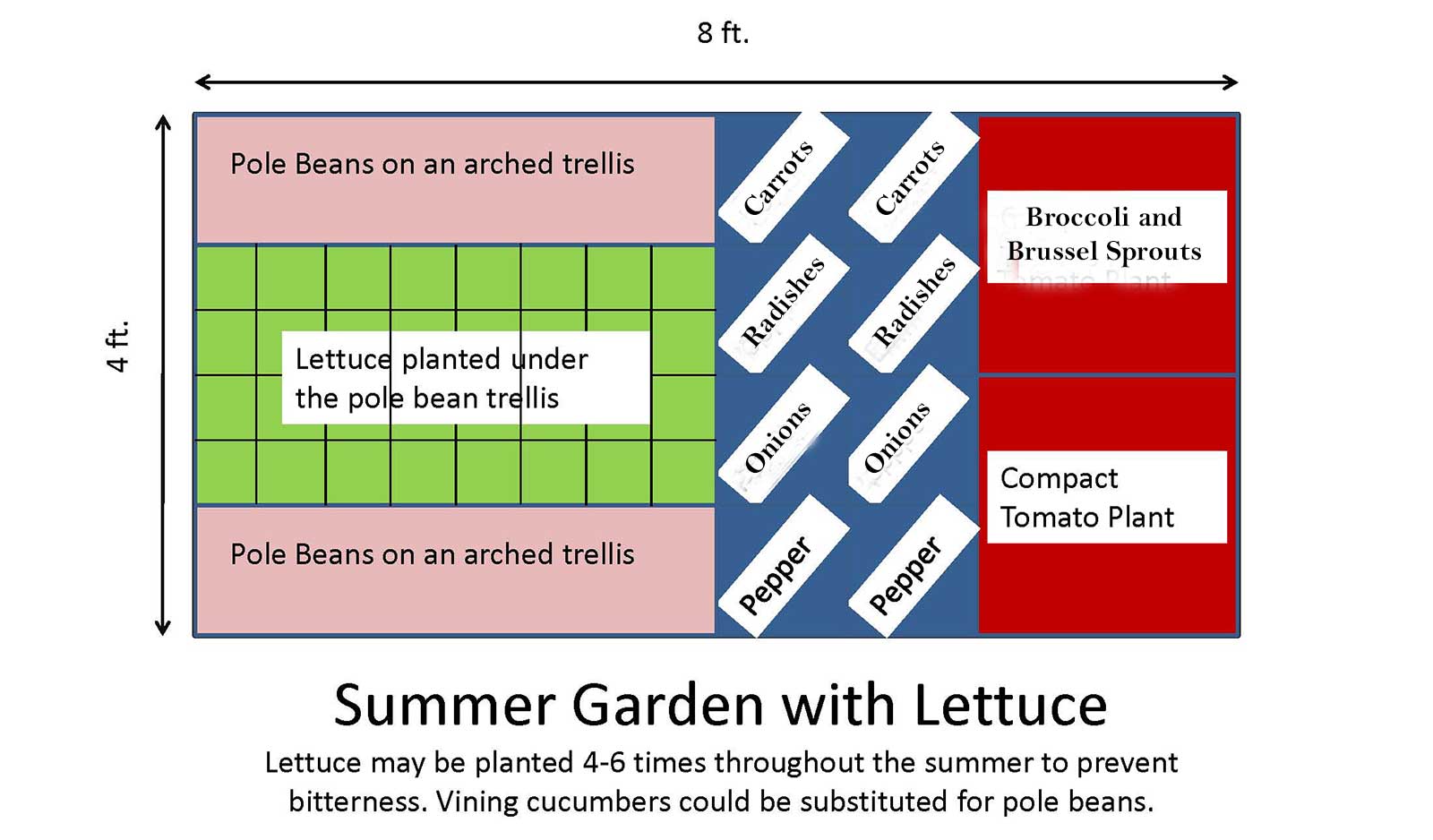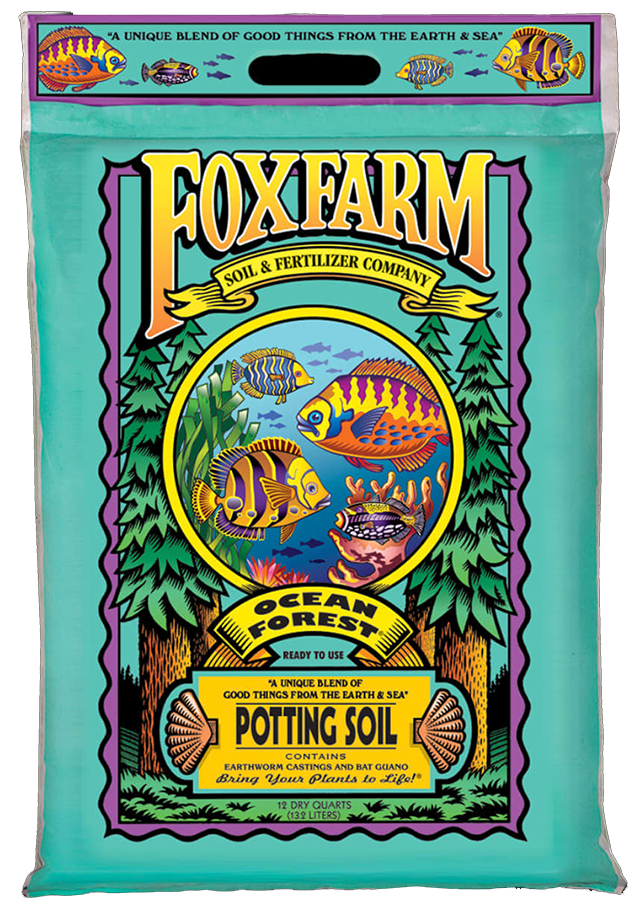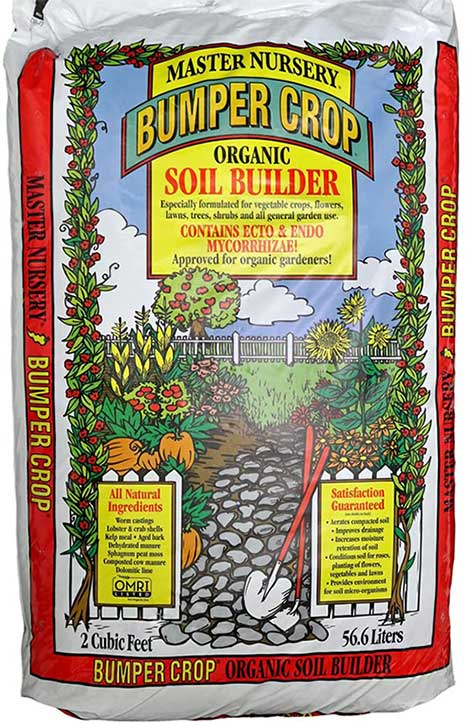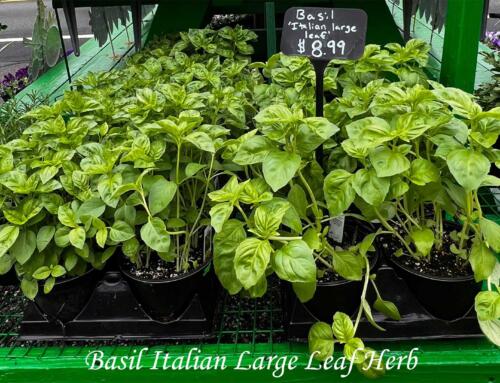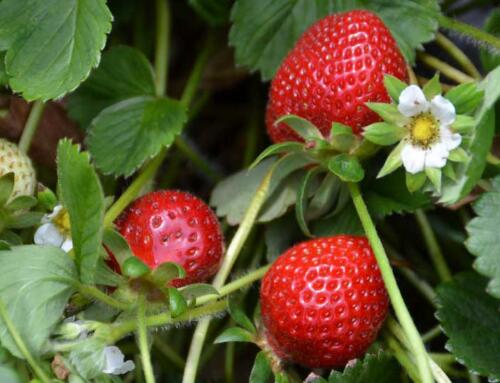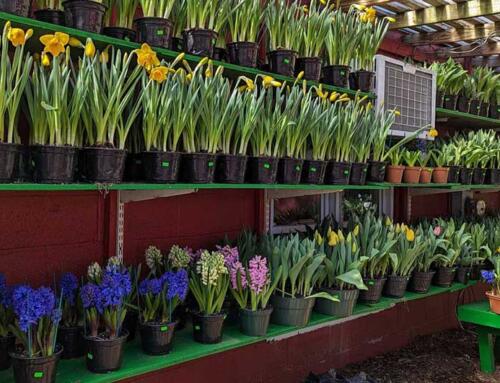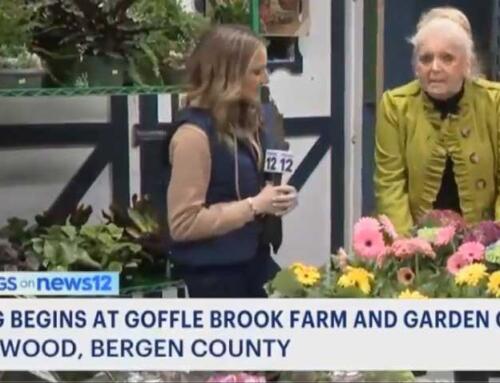Develop a Plan for
Your Vegetable Garden
Deciding what to plant in a small vegetable garden layout
We all need to face the facts. In lieu of this health crisis many families are now turning to growing their own vegetables and herbs in home gardens. While gardening is a fantastic way of life, coming to grips with some of the basic fundamentals can be a tad bit challenging for the newbie. Fret not, Goffle Brook Farms in Ridgewood N.J. can steer you in the right direction for success. One thing we highly recommend is get the children involved. Are you wondering “why should children learn to grow their own food?” A child’s nutrition is very important in their early years as their bodies develop. Why stuff them full of produce that is laden with chemicals, processed food and nutrient deficient foods?
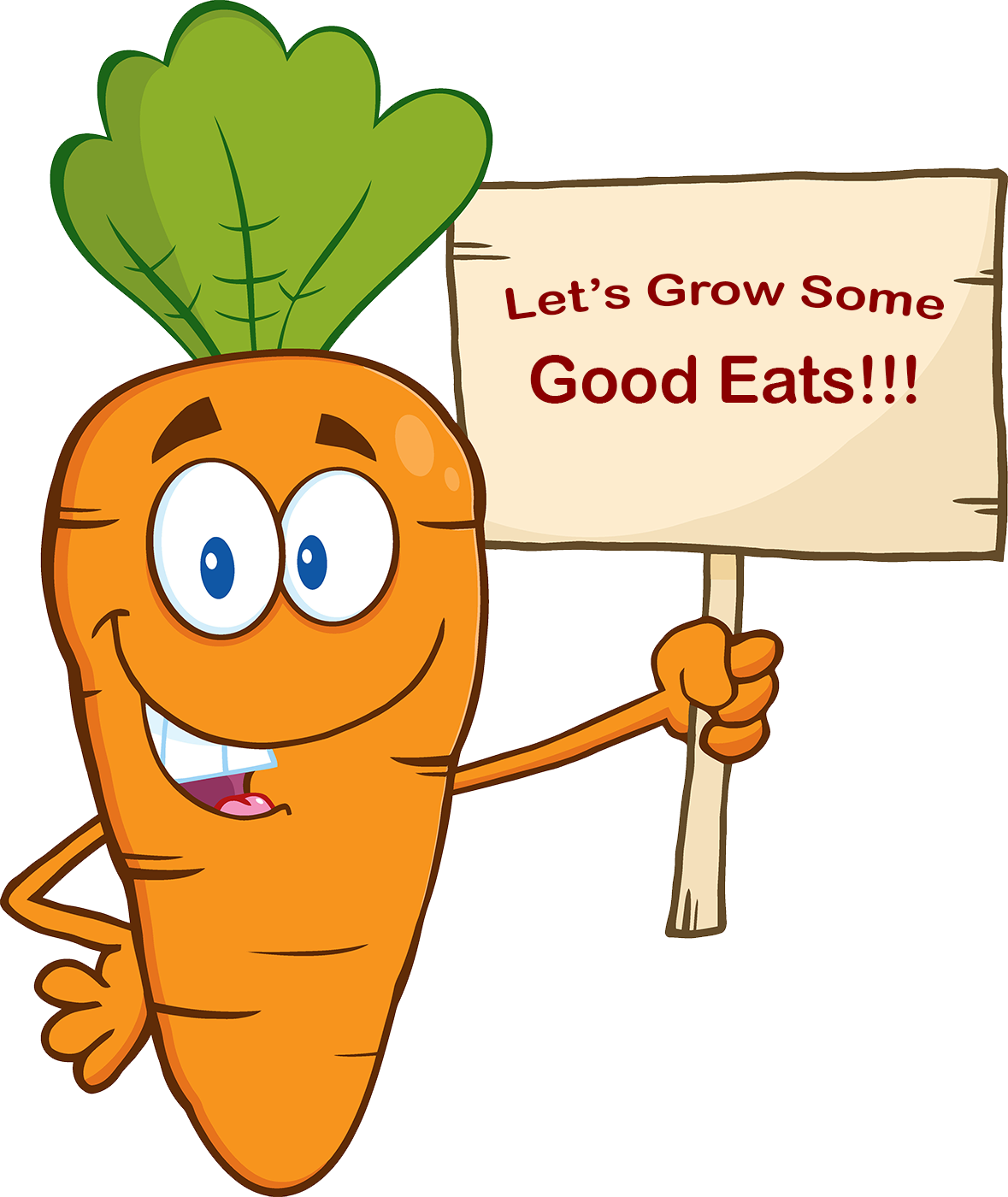 Growing your own food is possible on a small scale, regardless of time, space, money and knowledge. And encouraging your children to grow their own food is one of the best things you can do as a parent. It teaches them responsibility for a living thing, that vegetables can taste good and that they can become more self sufficient and not reliant on big food companies. Sure, they won’t likely be able to grow all the food they need, but every time they eat from their own garden they are putting food in their growing and developing bodies that is healthier and fresher than anything you can get at the store.
Growing your own food is possible on a small scale, regardless of time, space, money and knowledge. And encouraging your children to grow their own food is one of the best things you can do as a parent. It teaches them responsibility for a living thing, that vegetables can taste good and that they can become more self sufficient and not reliant on big food companies. Sure, they won’t likely be able to grow all the food they need, but every time they eat from their own garden they are putting food in their growing and developing bodies that is healthier and fresher than anything you can get at the store.
Start off with some easy to grow plants. Everyone loves a delicious salad with croutons and dressing, plus they are so nutritious. Try turning a small garden plot into a salad garden. Plant some carrots, some radishes along side them, a row of broccoli and a row of brussel sprouts, some spring onions, and perhaps two varieties of lettuce. A small garden of this magnitude will provide you with all the fresh food you need for an endless supply of salads to enjoy. All these vegetables are sun loving, all of the require the same soil requirements and all will do extremely well in a well drained soil growing medium. An example of a 4 ft x 8 ft vegetable garden plot is shown below:
Location, Location, Location
The Scoop on Dirt
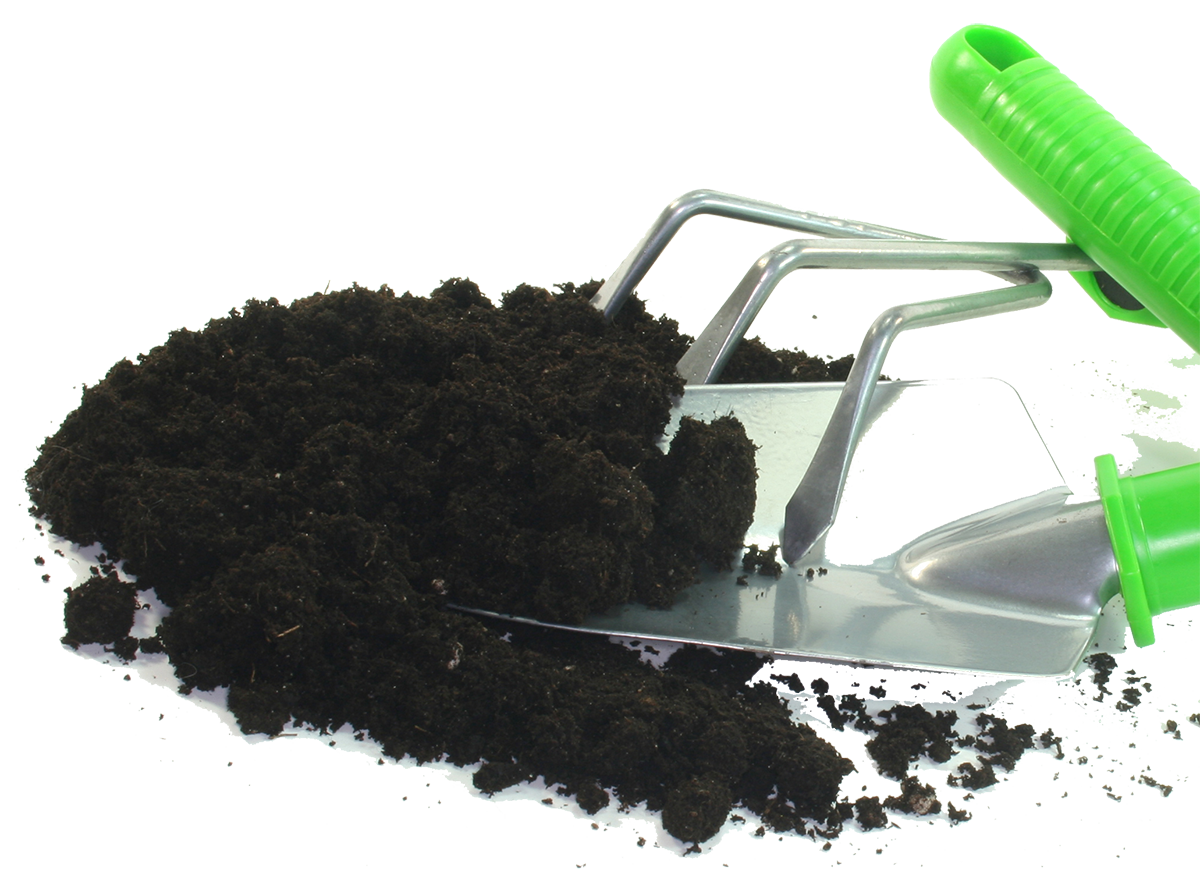 You need good soil, we harp on this fact ALL THE TIME in many of our blog posts. But really it’s true, even the most hardy of vegetables are unlikely to thrive in poor soil conditions. The time to turn the soil is late winter/early spring when it is no longer frozen. Use a spade or shovel to dig approximately 8 to 10″ into the ground. Fold in approximately 4″ of organic material such compost or manure along with any other required amendments. Loose soil provides more air space for the plants to breathe and for water to reach the root systems.
You need good soil, we harp on this fact ALL THE TIME in many of our blog posts. But really it’s true, even the most hardy of vegetables are unlikely to thrive in poor soil conditions. The time to turn the soil is late winter/early spring when it is no longer frozen. Use a spade or shovel to dig approximately 8 to 10″ into the ground. Fold in approximately 4″ of organic material such compost or manure along with any other required amendments. Loose soil provides more air space for the plants to breathe and for water to reach the root systems.The Planting Plan
A lot of new gardeners don’t realize that the veggie planting season doesn’t end when you plant your heat lovers, like tomatoes, cucumbers, and melons. Spaces created in a garden from peas, for example, can be used later in the summer to plant root crops or greens, like Swiss chard and kale, for fall harvests. This is called succession planting. Succession planting is a simple technique that allows gardeners to enjoy the longest possible harvest. As early crops are picked, the empty beds are then re-seeded or planted with fresh seedlings. Remember to enrich your soil with some compost or aged manure between successive crops to keep production high.
Our Recommended Vegetable Garden Products
Below you will find our recommended vegetable garden product with regards to your soil (growing medium), your fertilizer and seeds to get you started on your life long journey of gardening. Guaranteed to be a welcoming undertaking. After you turn or roto-till your garden soil and have it ready for planting, we recommend that around each plant you provide some Miracle-Gro Organic Choice Garden Soil to give the root system a healthy start. We also recommend Coast of Maine Bumper Crop Soil Builder which is blend of lobster shells, manure compost, worm castings, kelp, peat and aged bark. Inoculated with endo and ecto mycorrhizal fungi to improve root function. Everything your plants need in one bag! If you aren’t planting vegetable plant plugs (4 or 6 pack starter plants) and are going with seeds, then we recommend our Livingston Vegetable Seeds. The starting point for all great gardens, is good garden seed. Livingston Seed number is the number one supplier of top-quality, non-GMO vegetable seeds with 600 varieties of seeds. You can find these and many other gardening products as well as vegetable plants in our garden center at 425 Goffle Road in Ridgewood N.J.

